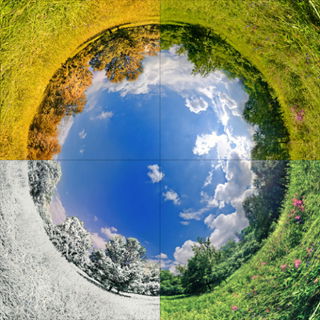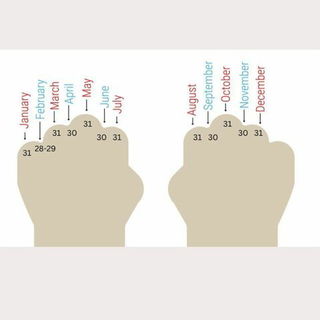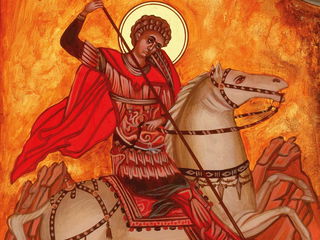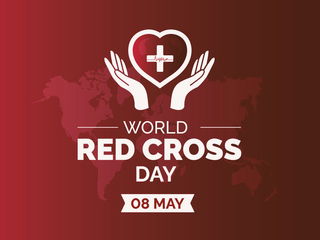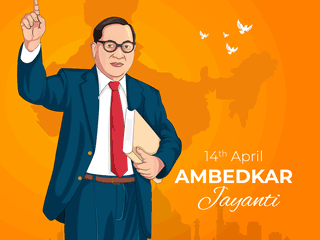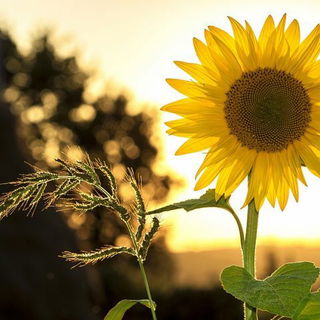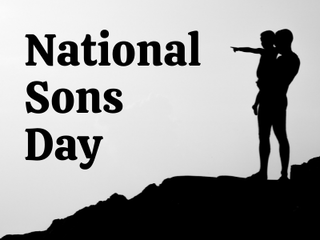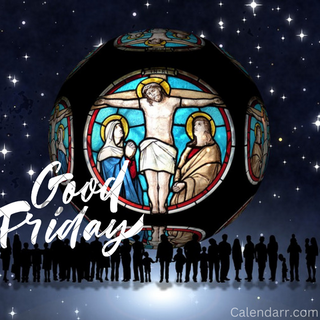The first day of summer, also known as the summer solstice, will occur on Saturday, June 21, 2025, at 10:42 PM EDT.
This is the longest day of the year and marks the start of summer in the Northern Hemisphere.
This season usually starts on June 20, 21, or 22, just after spring ends, and lasts until September 20 - 24, marking the beginning of fall.
Summer in the Northern Hemisphere is characterized by warmer and longer days. The plants are in bloom and the trees are ripe with fruit.
Characteristics of Summer
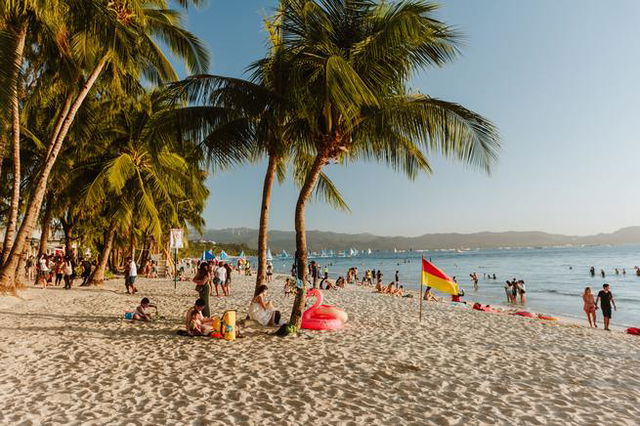
Summer is the hottest season of the year, with temperatures rising after the temperate heat of spring.
It is during summer that we get the earliest sunrises and the latest sunsets, which is why the days are longer and the nights are shorter.
The warm temperatures usually last until late in the night during summer, with some regions experiencing dry heat and others having humid days.
The plants that began growing during spring are now in full bloom and flowering, the trees and foliage are green and lush, and fruit trees start bearing fruit.
In the Northern Hemisphere, it is rare to rain during the summer, which can sometimes cause droughts in regions where there are very high temperatures.
Best things to do on a summer day
- Make a trip to the beach, have a swim, and enjoy lying in the sand.
- Grab an ice cream or a cool soft drink, something refreshing.
- Have a BBQ or picnic: Gather your friends and family and have a BBQ or picnic in a park or your own backyard. Make delicious food, play some outdoor games, and enjoy the sunshine.
- Take a hike or bike ride: Explore the great outdoors and get some exercise by taking a hike or bike ride. Choose a scenic trail or route and enjoy the beautiful scenery.
When and What is the Summer Solstice?
A summer solstice happens when the sun is at its highest in the sky. In the Northern Hemisphere, this is in June and marks the start of summer.
During this solstice, the Earth's axis is turned 23.44° towards the sun. This results in the longest day of the year, with more hours of sunlight because the Northern Hemisphere receives sunlight at a direct angle.
In the Southern Hemisphere, summer starts with the December Solstice, and the June Solstice marks the beginning of winter.
The end of summer is marked by the September Equinox, which signals the arrival of fall/Autumn.
The Start of Summer date from 2025 to 2030
- 2025: Saturday, June 21
- 2026: Sunday, June 21
- 2027: Monday, June 21
- 2028: Tuesday, June 20
- 2029: Thursday, June 21
- 2030: Friday, June 21
